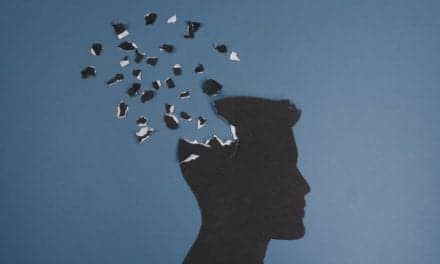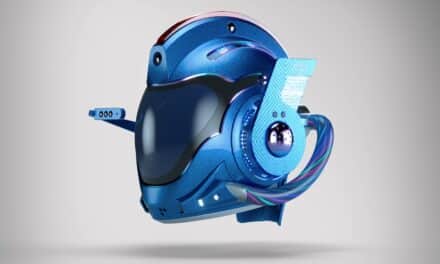by William Murray, PT, DPT
Concussions have become a common discussion topic in mainstream media over the past several years. Despite an increase in research over the years, a clinical practice guideline is often hard to achieve due to the variable symptoms these patients have. These patients can have symptoms ranging from dizziness, vertigo, headaches, memory loss, oscillopsia, focus, and many other symptoms. We, as clinicians, have an opportunity to tease out these symptoms and help guide the patient to a smooth recovery and return to activity. In this article, I hope to discuss specific examination techniques and products that can help to identify these symptoms and improve treatment.
Prevalence of Concussions
Concussion diagnosis is a constantly expanding field and, due to this, it is difficult to know an exact prevalence. In a study performed in 2016, 19.5% of teens in the US reported having one concussion in their lifetime and 5.5% reported having more than 11. Adolescents who participated in contact sports had a percentage as high as 31.5%.1 Another study in 2014 found that one-third of its 486 patients had a previously undiagnosed concussion.2
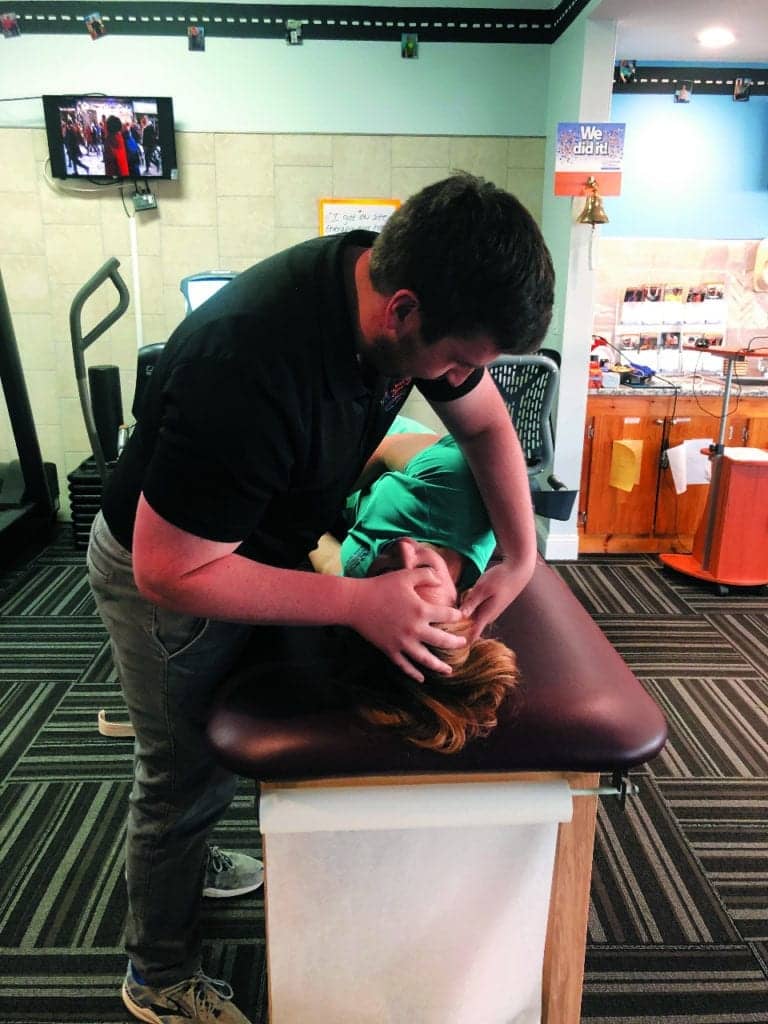
Patient Case
A 16-year-old female soccer player arrives to your clinic with a script for a concussion without loss of consciousness and to evaluate and treat. She sustained her head injury when attempting to head the ball, but her legs were ran into by an opposing player and she fell to the ground and sustained a whiplash injury. She denies a history of prior concussions. She has no concerning comorbidities. She is currently not attending school or practice.
Physical Therapy Examination
A physical therapy examination is a multifaceted evaluation. At times the examination can be difficult due to the patient’s tolerance. Throughout the session my goal is to keep the symptoms from increasing by 2 points. The main components in a concussion evaluation involve symptoms, ocular impairments, cervical impairments, vestibular/balance difficulties, autonomic difficulties, and cognitive deficits.3
Symptoms
Following the initial history of injury, it is important to gather the patient’s baseline symptom presentation. There are several ways to do this. One way is the post-concussion symptoms scale, which has 22 symptoms rated 0-6 in severity.3 Oftentimes I will also get the more severe symptoms rated 0-10 so that it is easier to monitor throughout the session. Our patient reports having a headache at 4/10 upon arrival but states it goes to a 7/10 when watching TV and while being a passenger in a car. She reports feeling dizzy and nauseous when getting in and out of bed. When asked to explain the dizziness, she reports that it felt as if the room was spinning. She reports feeling “off” throughout the day. Her mother reports that she has difficulty remembering simple tasks that she gives her at home.
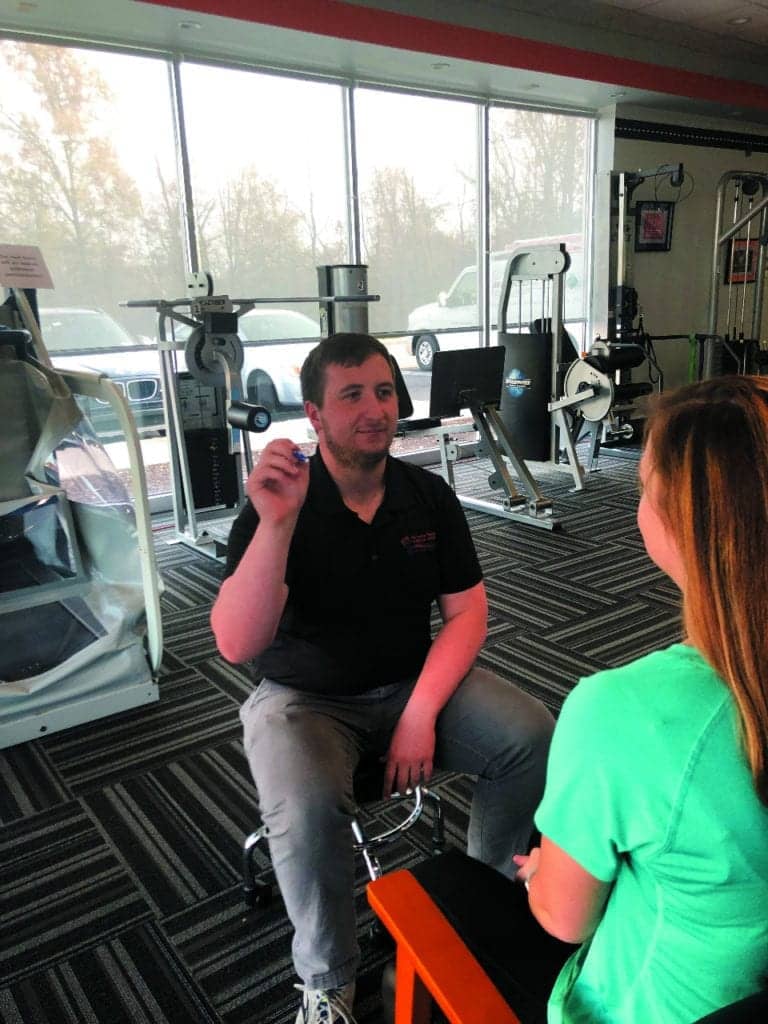
Ocular Exam
Ocular symptoms are found in 42% to 52% of athletes with concussion.3 I will usually start my ocular exam with normal gaze stability to see if there is any spontaneous nystagmus, which is rare. I will then test smooth pursuit where I have the patient follow my finger or a pen horizontally, vertically, and diagonally. I will note any increase in symptoms and the quality of the pursuit. After that I will look at saccades starting with horizontal then vertical. I record quality of movement, speed, and symptom increase. Following that, I look at convergence. Evidence suggests symptom provocation with convergence beyond 5 cm is abnormal.3 Often not on the first day but at some point, I look at dynamic visual acuity to identify oscillopsia and optokinetic stripes.
Our patient has saccadic eye rhythm with visual tracking to the R side. She has an increase in headache and feeling off with both vertical and horizontal saccades at 20 seconds. She has a 4-line difference, and significant symptoms increase with dynamic visual acuity using a Snellen chart.
Cervical Screen
It is important to screen for cervical limitations, especially because our patient had a whiplash component.3 I check neck ligamental stability first to ensure safety. I look at ROM of all cervical movements as well as upper cervical rotation to identify any limitations. I also look for tenderness and symptom provocation to suboccipital muscles because cervicogenic headaches are common in these patients. Finally, I perform a cervical torsion test to check for cervicogenic dizziness.
Our patient has limitations in R rotation, R SB, and significant TTP to suboccipitals.
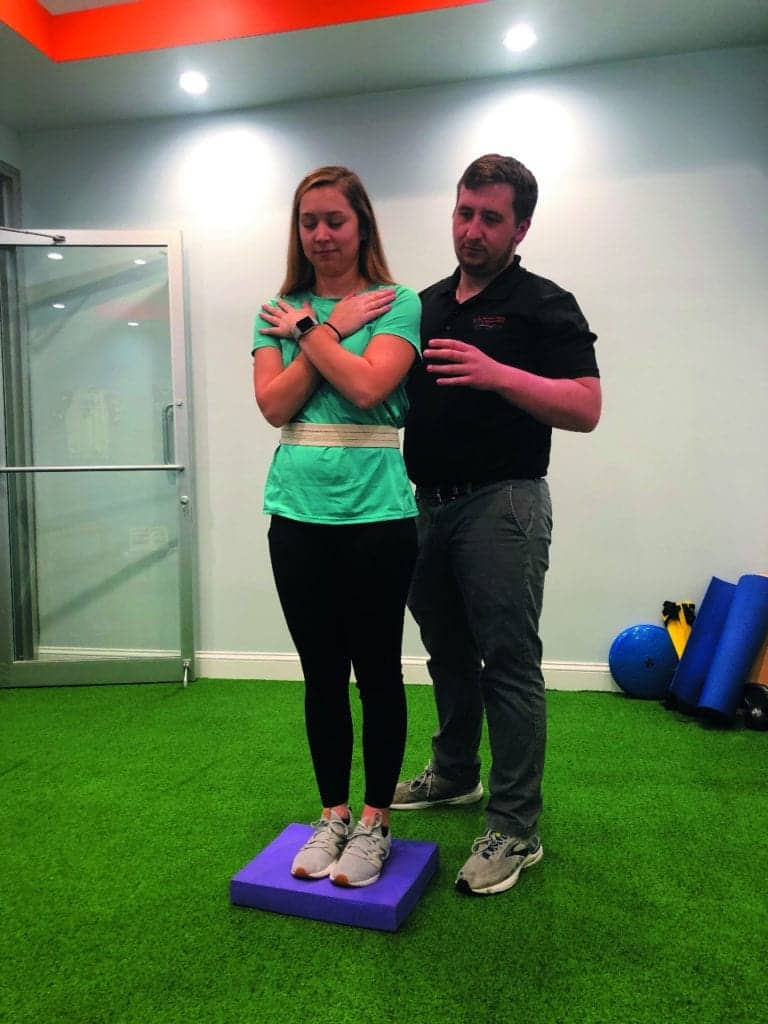
Vestibular/Balance
Around 60% of athletes have vestibular deficits following concussion.3 I start by looking at VOR both horizontal and vertical at 180 beats per min.3 Following the test, I record symptom provocation. I take a look at a head thrust test to identify any possible unilateral vestibulopathy. I then begin my balance exam. I utilize the GANS sensory organization performance test, which is similar to a modified CTSIB. It looks at standing balance with eyes open and closed, tandem balance with eyes open and closed, and standing balance on a foam surface with eyes open and closed. Balance deficits on the foam with eyes closed suggests vestibular involvement. The foam I use is from Airex or the AIB balance performance foam. I will also look at a Fakuda test, which can help identify if one vestibular side is affecting more than the other. I then look at gait to note if there are any balance deficits. I look at eyes open, eyes closed, horizontal turns, vertical turns, and tandem gait.
Our patient has a 2-point increase in headache with VOR vertical and horizontal in 15 seconds. She has a significant sway with tandem balance eyes closed and can only perform Romberg eyes closed on foam for 15 seconds. She has a symptom increase with walking with head turns and nods and has poor balance with tandem walking. During the Fakuda test she has a slight shift to the right.
After this test and toward the end of the session I will perform BPPV testing. I save this test for the end due to patients normally having motion sensitivity. BPPV is found in approximately 5% of concussion cases.3 To complete this testing I utilize Frenzel goggles to improve my ability to identify nystagmus. These goggles are especially useful when we look for a posterior canal BPPV due to locating the torsional nystagmus. I first look for horizontal canal BPPV in both ears because this test is less likely to be positive. Following that I complete my modified Dix Hallpike to test for posterior canal BPPV. If I have a positive result with ipsilateral torsion of the eye and upbeat nystagmus, I will complete my canalith reposition. Following that, I will repeat my canalith reposition and then I will retest the posterior canal. Finally, if on my third retest I do not get a positive test, I will retest the horizontal canal to reduce the likelihood of canal migration. Following these tests, if the patient’s symptoms are still at baseline, I may retest the patient’s balance deficits. However, oftentimes with concussions the symptoms are increased following these test maneuvers.
Our patient tests positive for an R-sided posterior canal BPPV. A Semont maneuver is performed, and following repeated testing nystagmus is no longer detected.
[sidebar float=”right”width=”250″]Product Resources
The following companies offer products and services that can be helpful for vestibular rehabilitation:
Biodex Medical Systems
www.biodex.com
Hoggan Scientific LLC
www.hogganhealth.net
Interacoustics USA
www.interacoustics.com/us
Natus Medical Inc (NeuroCom)
www.onbalance.com
novel electronics
www.novelusa.com
Perry Dynamics Inc
www.perrydynamics.com[/sidebar]
Autonomic Assessment
This assessment often is not completed on the first day due to time constraints and symptom provocation. However, on the second visit it is important to look at the Buffalo Concussion Treadmill Test.3 This test monitors both HR and BP while increasing treadmill difficulty until first symptom increase. This test is important as there is evidence that improving treadmill and exercise tolerance improves concussion recovery.
Our patient reaches 5 minutes on the cybex treadmill before a 2-point symptom increase, which puts her at a 5-degree incline.
Cognitive Assessment
To test cognitive ability, I will often utilize the SCAT-5 10-word list of recall and the delayed recall of these words.3 Often I will not perform this test on day 1, but it is crucial that this is completed prior to returning to playing sports.
On the first day, our patient was only able to recall 7/10 words immediately and could only state 3/10 words after 5 minutes.
Initial Treatment
On the first day, I focus on not overstressing the patient by only giving the patient sitting saccades and VOR until 2-point symptom increase and ask the patient to perform this activity three to five times in a day for 15 minutes total. I also prescribe cervical snags as needed to reduce headaches. PTP
William Murray, PT, DPT, is a staff physical therapist for the Physical Therapy and Wellness Institute in Hatfield and Harleysville, Pa. He earned his bachelor’s degree in biology and Doctorate of Physical Therapy from Arcadia University. Murray has received a certification from the American Institute of Balance for treating vestibular and concussion disorders. He is a member of the APTA and is actively completing research into physical therapy care following total knee replacements. For more information, contact [email protected].
References
- Veliz P, McCabe SE, Eckner JT, Schulenberg JE. Prevalence of concussion among US adolescents and correlated factors. JAMA. 2017 Sep 26;318(12):1180-1182.
- Meehan WP 3rd, Mannix RC, O’Brien MJ, Collins MW. The prevalence of undiagnosed concussions in athletes. Clin J Sport Med. 2013 Sep;23(5):339-342.
- Mucha A, Trbovich A. Considerations for diagnosis and management of concussion. J Orthop Sports Phys Ther. 2019;49(11):787-798.



